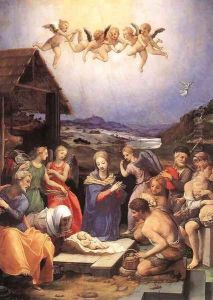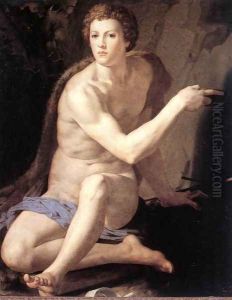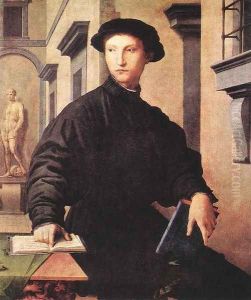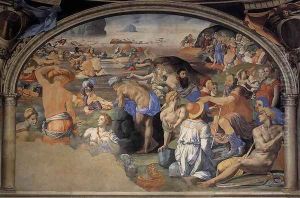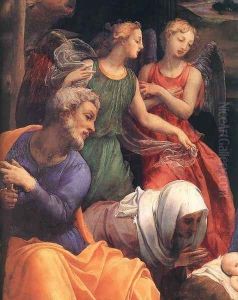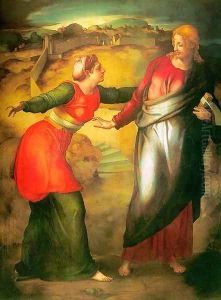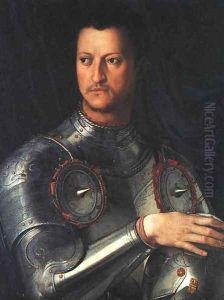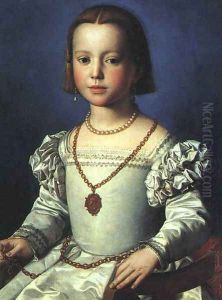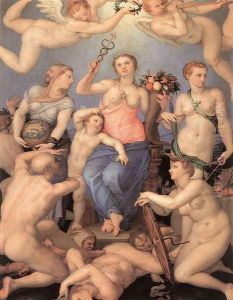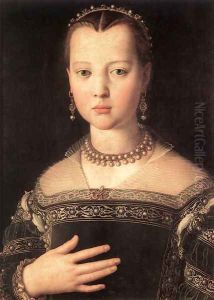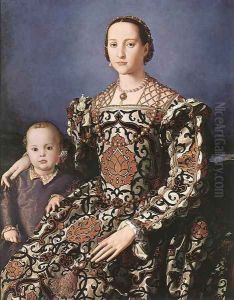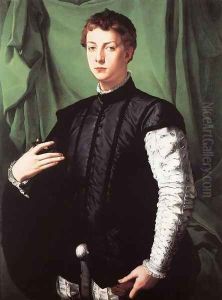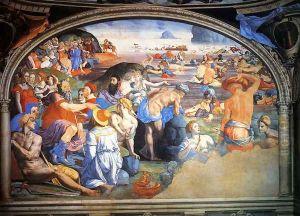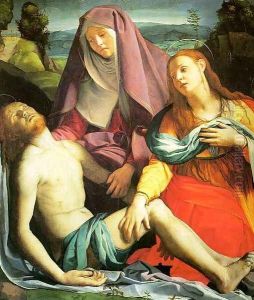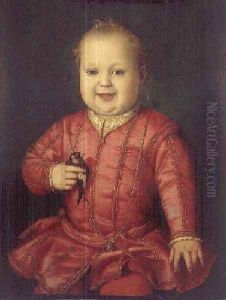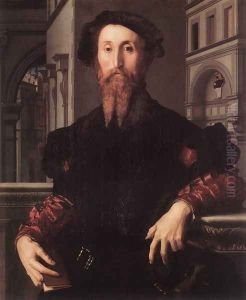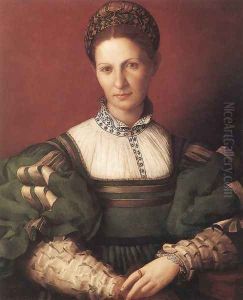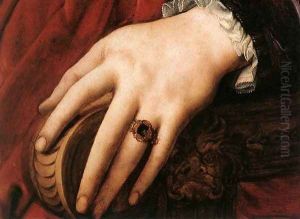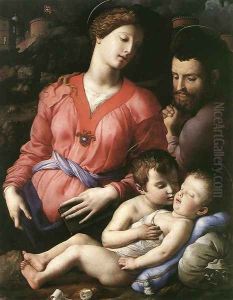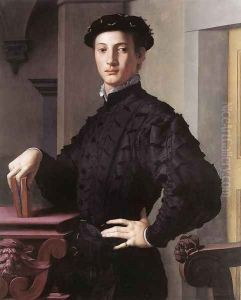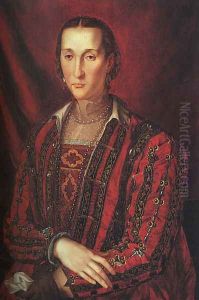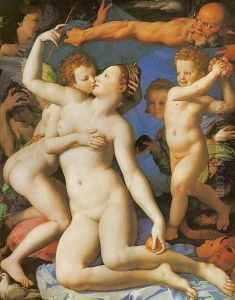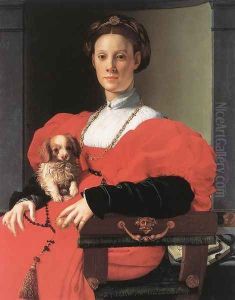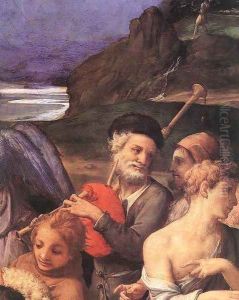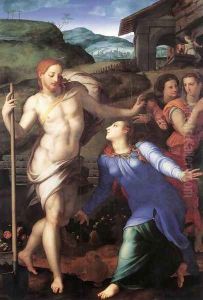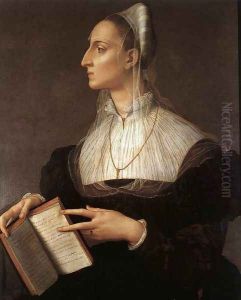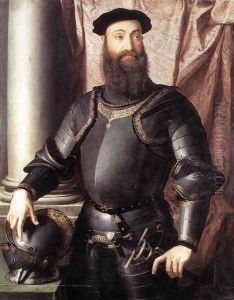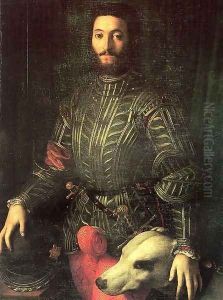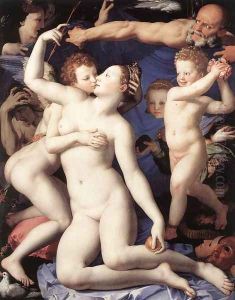Agnolo Bronzino Paintings
Agnolo Bronzino, born Agnolo di Cosimo di Mariano, was a prominent Italian Mannerist painter from Florence, active during the mid-16th century. Known for his refined and elegant portraits as well as complex allegorical works, Bronzino became one of the leading artists of his time. He was born on November 17, 1503, in Monticelli, near Florence, Italy.
Bronzino was initially trained by Raffaellino del Garbo, a Florentine painter. His career took a decisive turn when he became a pupil and assistant of Jacopo Pontormo, another celebrated Mannerist artist. Under Pontormo's influence, Bronzino developed a sophisticated style characterized by elongated figures, a polished finish, and a cool color palette.
In the 1530s, Bronzino began to establish himself as a portraitist among the Florentine elite. His reputation was significantly enhanced when he entered the service of Cosimo I de' Medici, Duke of Florence. As a court painter, he produced many portraits of the Medici family, capturing their elegance and power. He also worked on religious and mythological subjects, creating altarpieces and frescoes that reflected the intellectual complexity of Mannerism.
One of Bronzino's most famous works is the 'Portrait of Eleonora di Toledo with her son Giovanni', showcasing his mastery in depicting sumptuous fabrics and precise details, which conveyed not just the physical likeness but also the status of his sitters. His religious works, such as the 'Chapel of Eleonora di Toledo' in the Palazzo Vecchio and his frescoes in the Capponi Chapel in the church of Santa Felicita, Florence, demonstrate his ability to infuse spiritual subjects with a sense of decorum and grandeur.
Bronzino's influence extended beyond his paintings. He was also involved in the Accademia delle Arti del Disegno, an important institution for the promotion of the arts in Florence, and he contributed to the intellectual and artistic life of the city. His legacy was carried on by his pupils, who continued to propagate the Mannerist style.
Agnolo Bronzino died on November 23, 1572, in Florence. His works remain highly regarded for their elegance, sophistication, and the unique manner in which they encapsulate the style and culture of the Italian Renaissance court.
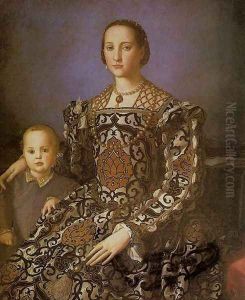
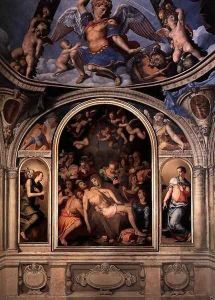
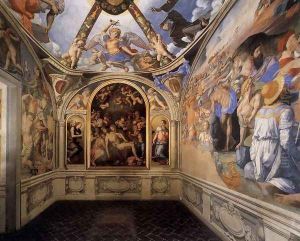
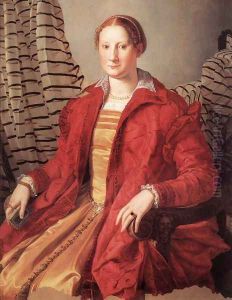
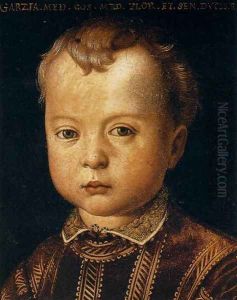
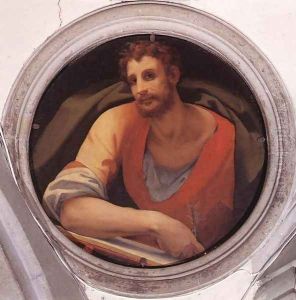
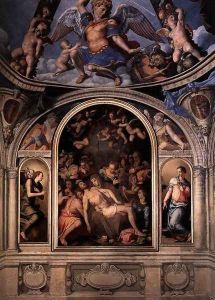
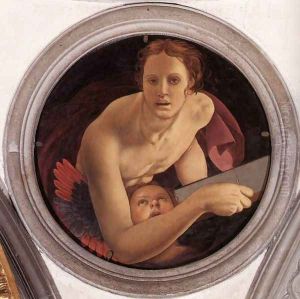
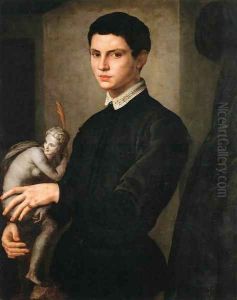
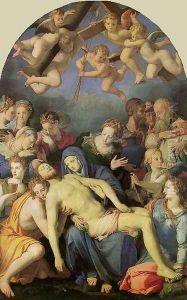
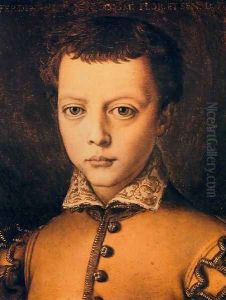
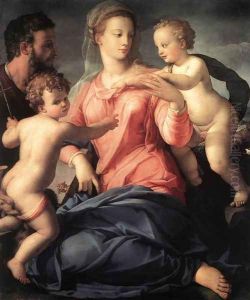
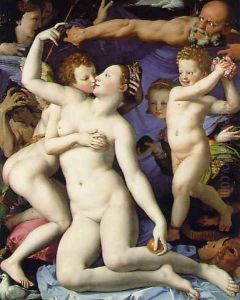
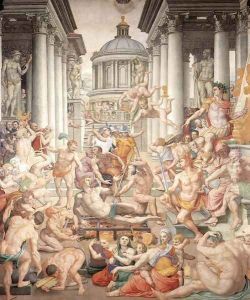
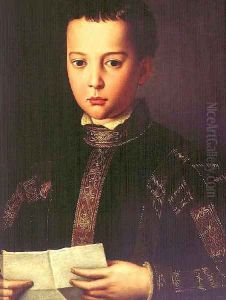
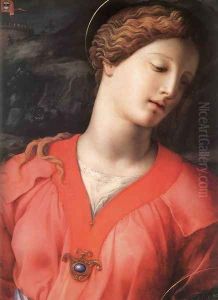
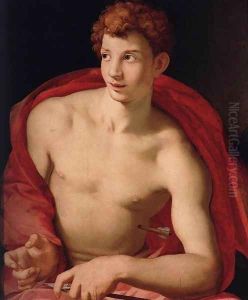
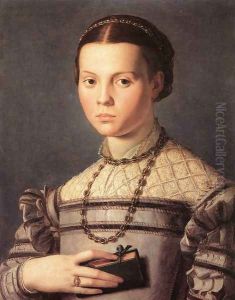

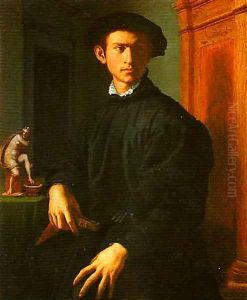
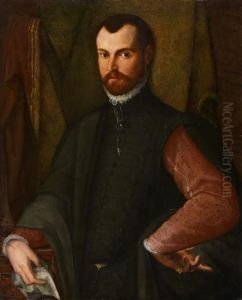
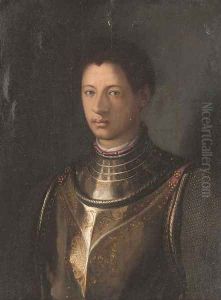
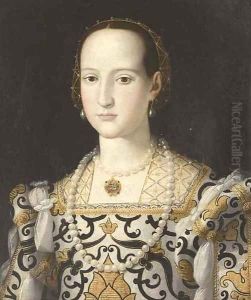
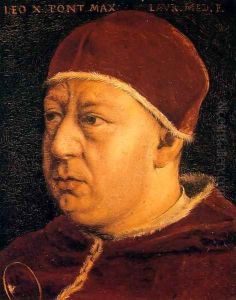
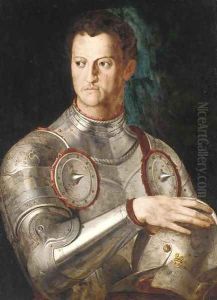
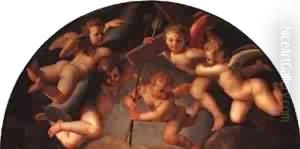
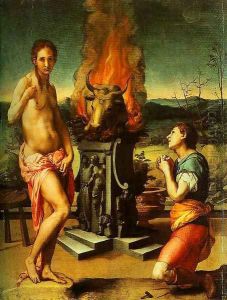

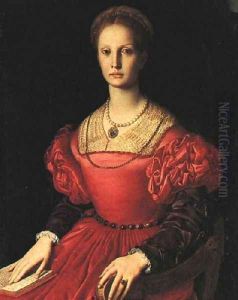
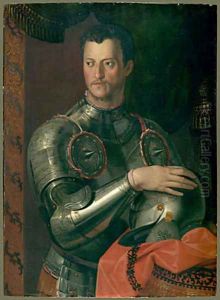
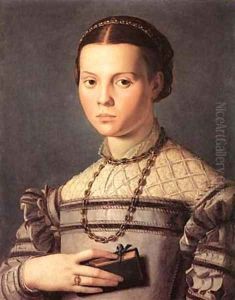
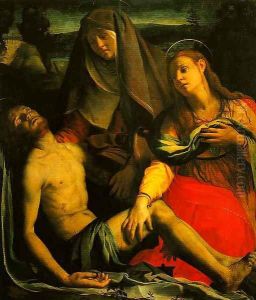
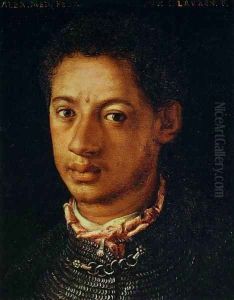
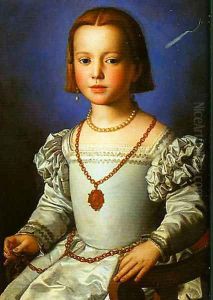
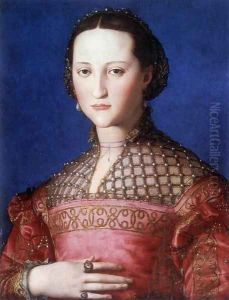
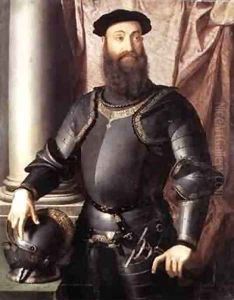
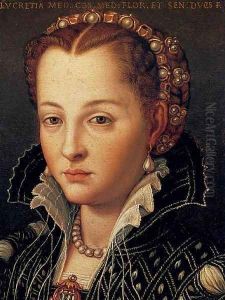
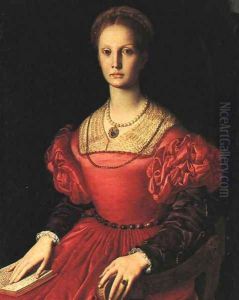
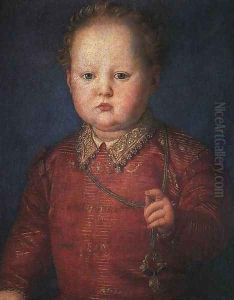
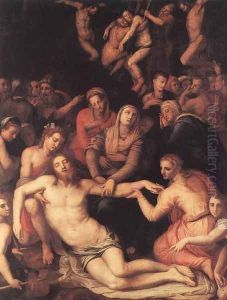
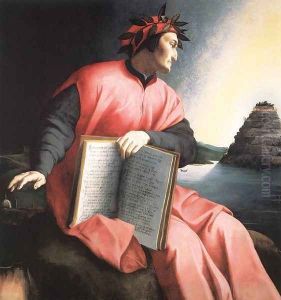
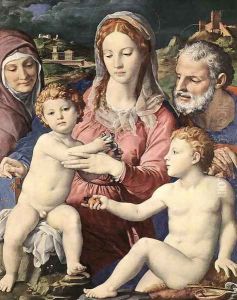
![Venus, Cupide and the Time [detail] (or Allegory of Lust)](https://www.niceartgallery.com/imgs/110588/s/agnolo-bronzino-venus-cupide-and-the-time-detail-or-allegory-of-lust-bb8a2ca6.jpg)
